Read time: about 16 minutes.
Choosing a theme for your Model Railroad should be carefully considered since it will have a direct bearing on many aspects of the hobby as you move forward. Having a solid plan in place for building your Model Railroad will save you from not only frustration, but also needlessly wasting time and money building your Model Railroad, only to find out you are dissatisfied with it and have to redo or re-invest in materials and equipment.
By putting a little thought in during the initial planning stages of what you want to achieve and desire, the hobby of Model Railroading will be much more enjoyable and relaxing for you as you build your layout. Also keep in mind that these are just some guidelines and suggestions to help you along based on my lifetime experience within the hobby. There is absolutely nothing wrong with creating a Model Railroad based on your own visions, and you should never let opinions from others such as ‘that’s not prototypical’ or ‘that’s not what a real railroad would do’ influence your personal enjoyment of Model Railroading.
Read on below as we go over some of the key aspects of choosing a theme for your Model Railroad so you can get the maximum satisfaction from your layout, and the great hobby of Model Railroading.
This site uses affiliate marketing links. I may earn commission on purchases made through links on this site at no additional cost to you as a consumer. For example, As an Amazon Associate, I earn from qualifying purchases made through this site if you click on a link and make a purchase. These earnings help to provide resources to make our site content better, up to date, and provide our users with a better experience. I appreciate your support, thank you.
What time frame or era interests me?
Do I want to run steam or diesel power on my Model Railroad?
Do I want to model a Class 1 railroad or a Shortline railroad?
Do I want to run freight or passenger trains?
Do I want to model a specific prototype railroad or create my own?
Am I interested in operations or watching my trains run?
SETTING A GENERAL TIME FRAME OR ERA FOR YOUR MODEL RAILROAD
Determining a general time frame, or era for your Model Railroad has more impact on the design of your track plan and other aspects of your Model Railroad than you may have first considered. There are definite differences between the types of equipment that were used depending on the era.
When railroads first became the primary mode of transportation in the late 1800’s and early 1900’s, the equipment was very small, rarely exceeding 30-35 feet in length. Locomotives were all steam powered, and train lengths as a whole were relatively short. This can be an advantage to you if you like this type of equipment and are also limited on space, because sharper curves are possible without affecting the reliable operations of your equipment.
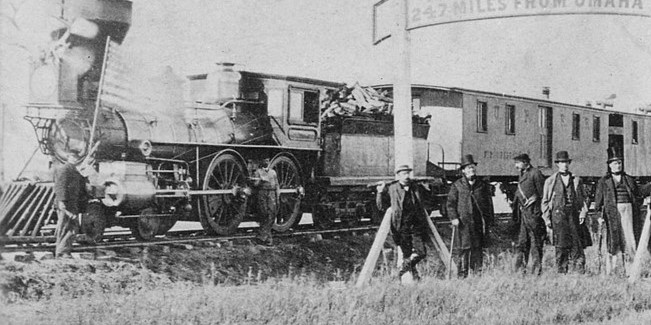
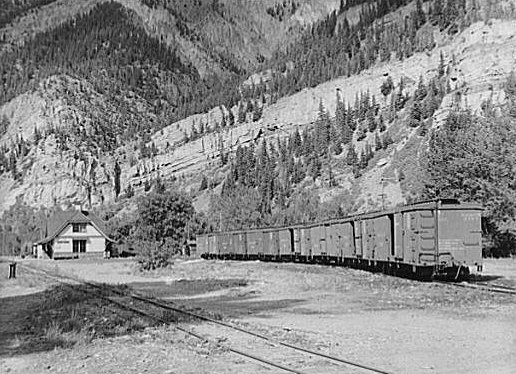
During the mid 1900’s railroad equipment gradually became larger and locomotives, in particular, increased in size due to the fact that engineering advances allowed for more efficient construction of new railroads and longer train lengths were made possible. This is what many consider the Golden Age of Steam, with powerful 4-8-4 wheel arrangement locomotives and elegant passenger trains plying the rails all across the country and many other parts of the world.
Automobile transportation networks were still lacking, and rail was the fastest and most economical means of transportation for long distances. Freight car lengths had grown to 40 feet as the standard at this time, and the sheer number of railroad companies operating was enormous. This can be used to your advantage on your Model Railroad, since relatively sharp curves of about 11 inches in N Scale, and 22 inches in HO Scale still offer good appearance and reliable operations for these equipment lengths.
Also, with the large number of railroads operating, you have a much larger variety of equipment to choose from. It would not be incorrect to have an assortment of many different railroads’ freight or passenger cars on your Model Railroad, since real railroads at that time freely operated their trains over other railroads via trackage rights.
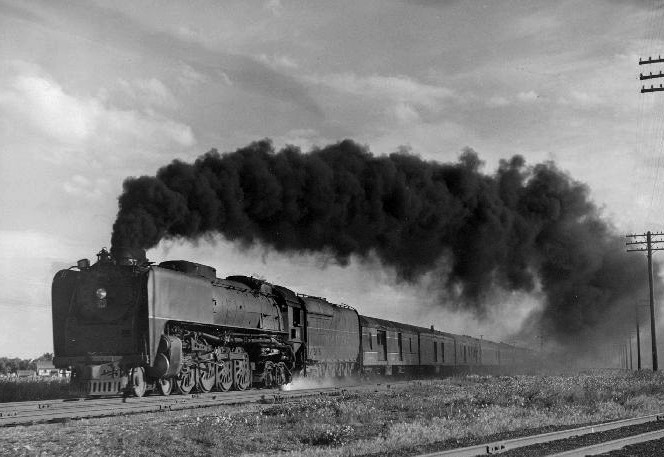
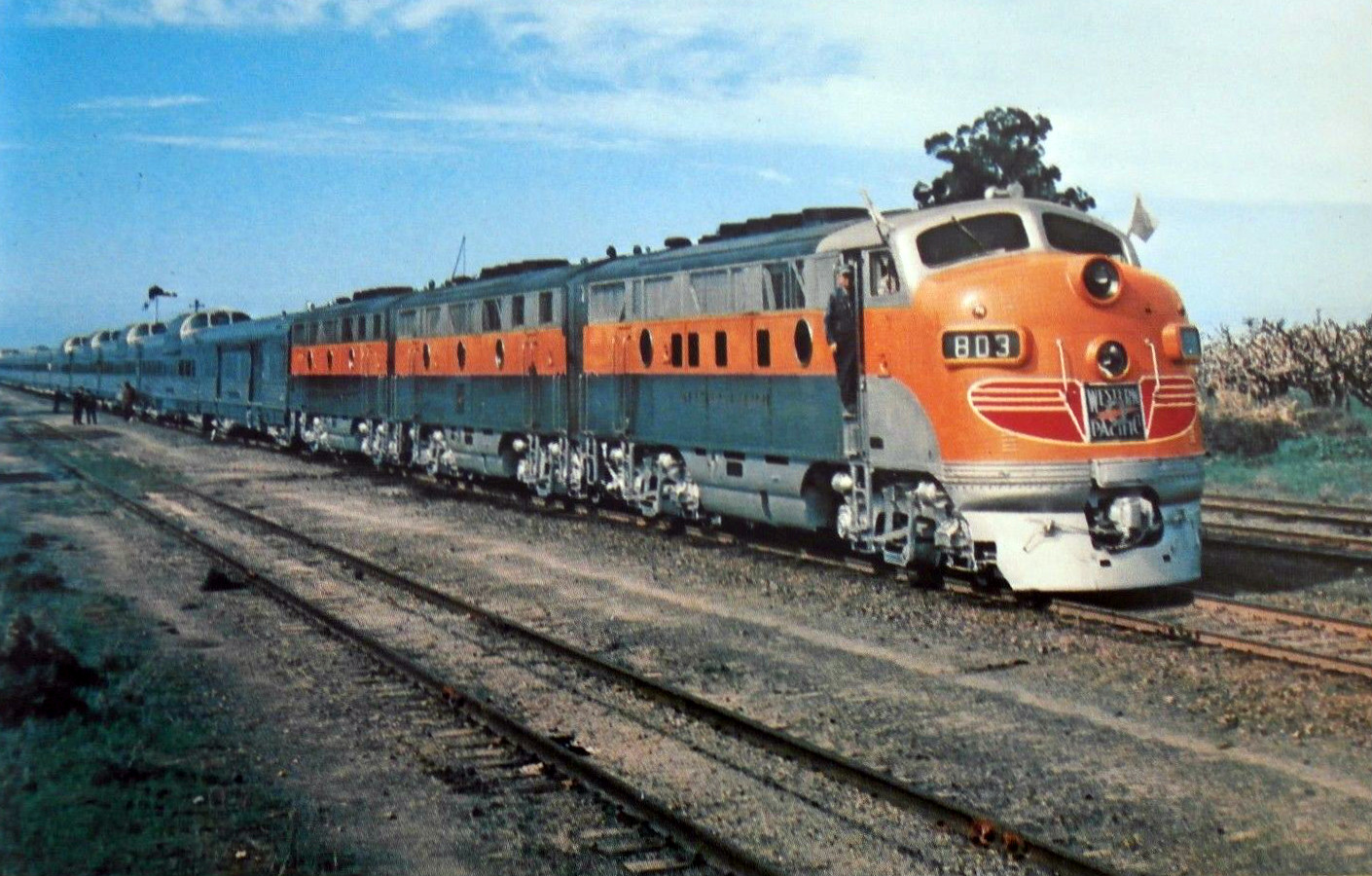
As the railroads entered into the 1960’s larger 50-foot freight cars were being developed and built in large quantities. Diesel locomotives had phased out steam for the most part by this time, and the few remaining steam locomotives were huge pieces of equipment with double driver 4-8-8-4 or 4-6-6-4 wheel arrangements. Diesels, while still relatively small by comparison, were operated in multiple units of 3, 4, or more for mainline freight and passenger trains.
This increase in freight and passenger car lengths, as well as the larger locomotives means that generally these will look better on your Model Railroad if you provide curves with a more medium sized minimum radius. 15 inch or 17 inch curves will work well in N Scale, and for HO Scale 28-30 inch curves will be sufficient. Remember that any equipment, regardless of length will always look better on larger radius curves, and you should try to design your Model Railroad around this fact as discussed in our article HOW TO DESIGN A TRACK PLAN FOR YOUR MODEL RAILROAD
As railroads moved into more modern times, generally during the 1990’s to the present, 50 and 60 foot freight cars were standard, and specialty flat cars and auto-rack cars that are 89 feet in length were being widely used. This longer equipment requires much larger curves both for appearance, and reliability on your Model Railroad. While they can operate on sharper curves, the appearance suffers.
The excess overhang on the ends of the cars can cause derailments, and the increased overhang on the center of the longer cars while on a curve require more track clearance to adjacent track. For this reason, we recommend a minimum radius of 22 inches for N Scale and 36 inches for HO Scale. You can see that as the equipment of your Model Railroad gets longer, then the minimum radius increases. The choice of era or time frame thus becomes an obviously important consideration when designing your Model Railroad.
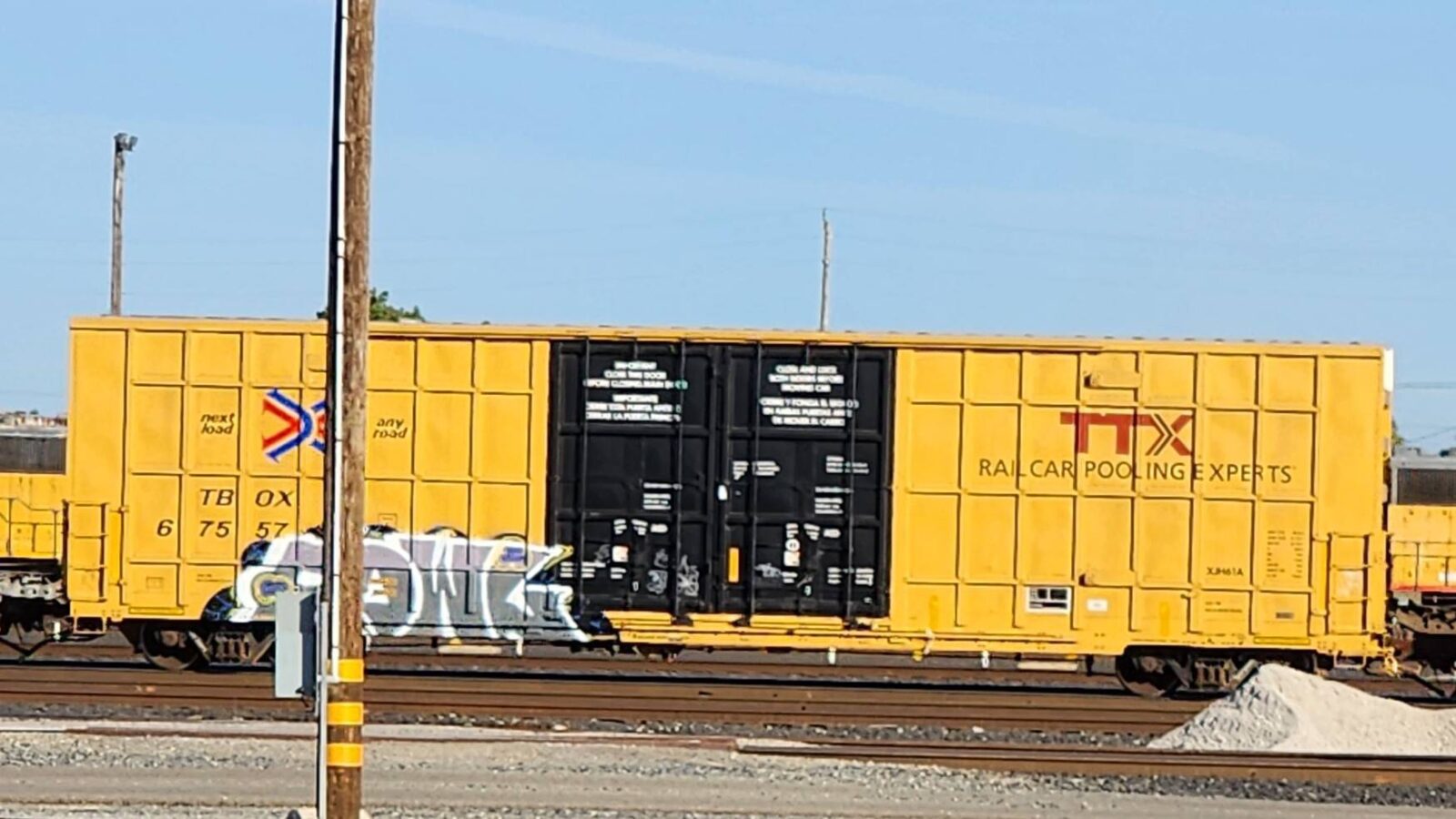
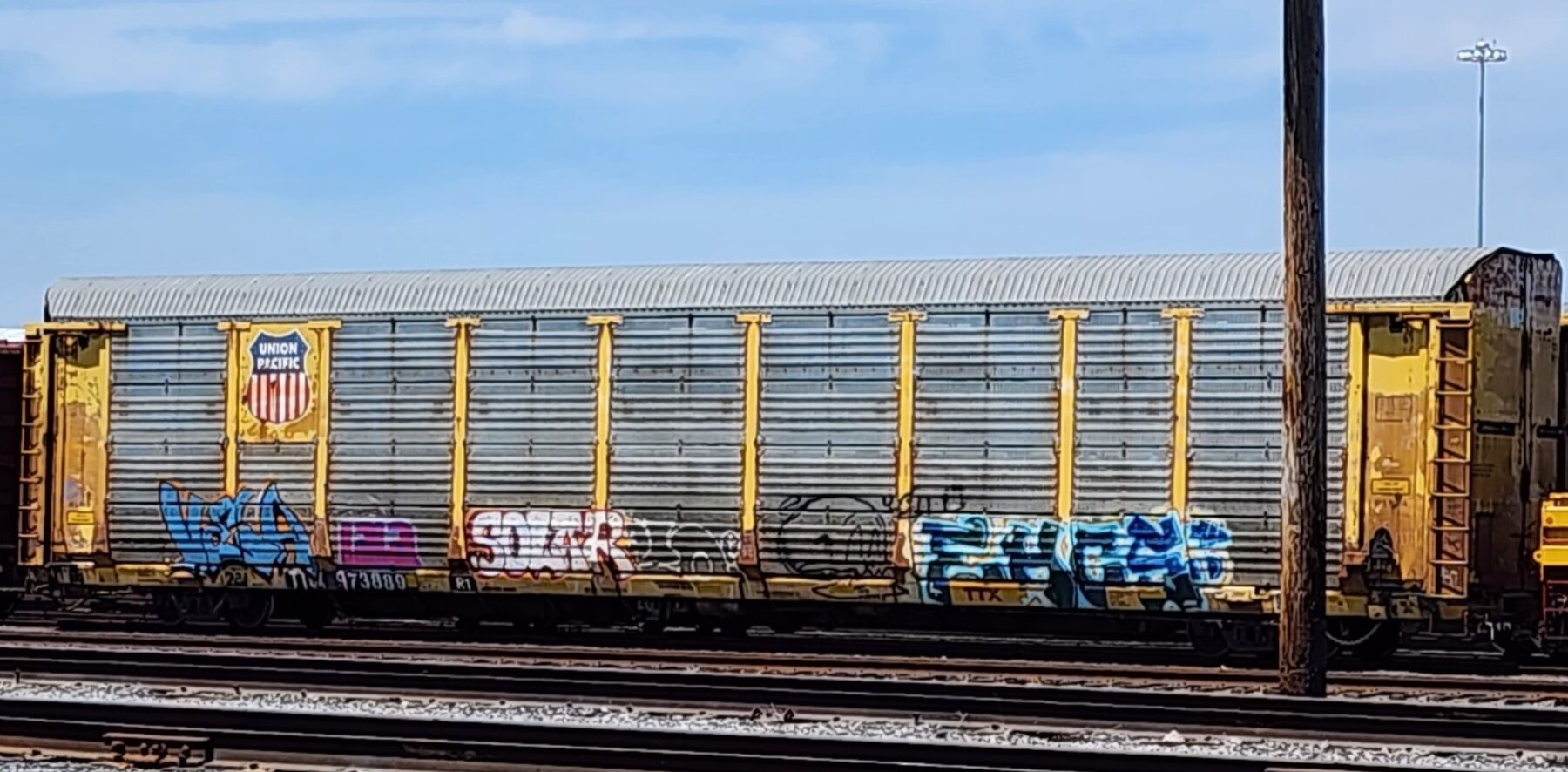
STEAM LOCOMOTIVES OR DIESEL LOCOMOTIVES
The type of locomotives that particularly interest you also affect your theme. Closely tied to a specific era, steam and diesel locomotive both have a particular time frame when they were in use on real railroads as mentioned above. Steam locomotives, the original motive power for railroads, were phased out in North America during the 1950’s.
However, many other countries continued to use steam locomotives well into the 60’s and in some cases beyond that. For a steam era Model Railroad 40 foot freight cars and medium size locomotives will work well on even some sharper radius curves without suffering in appearance. Due to the complexity of design for model steam locomotives, the selection is not as varied as it is for diesels, so you may have problems locating a particular style that you like and may have to make compromises.
Also keep in mind that because of the delicate drive rods on the sides of Model Railroad steam engines, handling them should be done carefully. They can also be a little temperamental and sometimes require adjustment which requires more specialized knowledge and small tools.
Diesel locomotives are suitable for time periods from the 1950’s to present. Most will have no problems with appearance on medium sharp curves and can even negotiate sharp curves without too many problems as long as they are not the larger more modern 6-axle diesels. There is a huge selection of different eras and models to choose from in N Scale and HO Scale, and a decent selection of choices in the other scales. With more options to choose from, you have greater flexibility in designing the type of Model Railroad you want to build, as we discuss next.

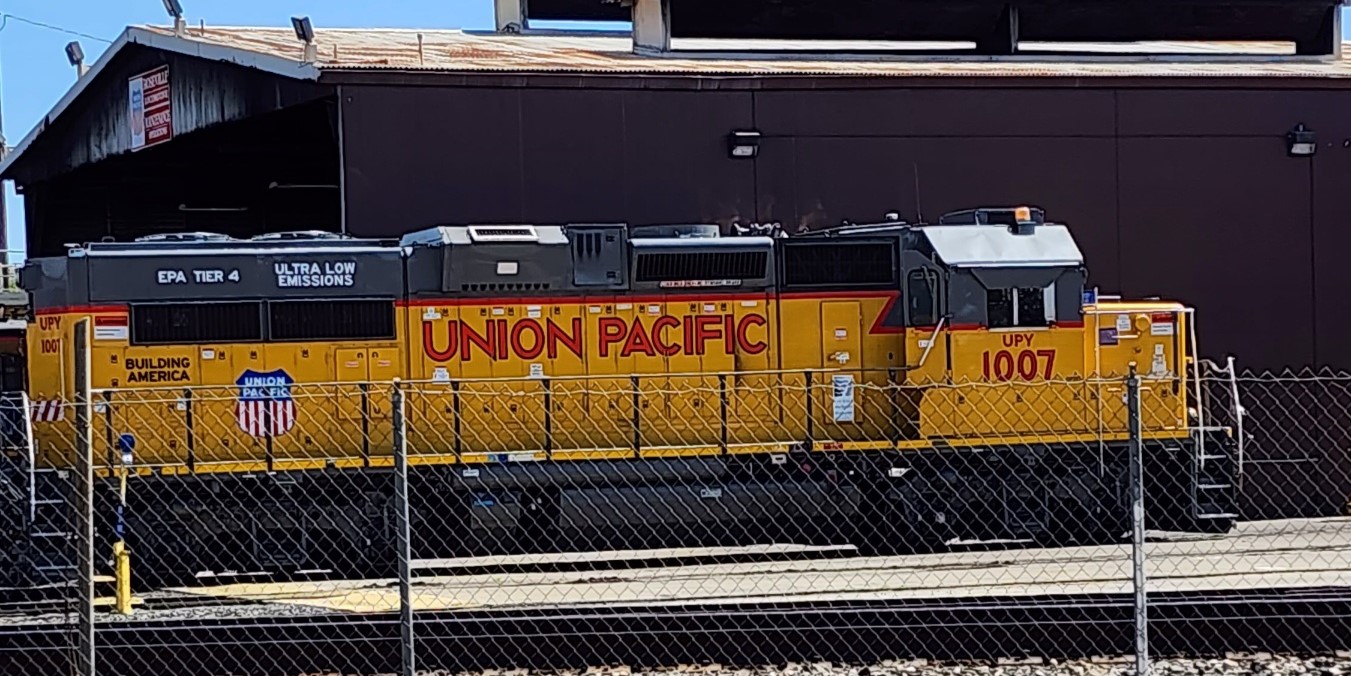
CLASS 1 RAILROAD OR SHORTLINE RAILROAD
There are two basic types of railroads we will discuss in this section. Class 1 railroads, which includes all of the major railroad companies today and also the Fallen Flags of the past, and short line railroads, which can also include specialty operations. They both offer some distinct possibilities to consider when you’re choosing a theme for your Model Railroad.
Class 1 railroads are the large rail carriers we all have come to know and recognize. Railroads like the BNSF, Union Pacific, Norfolk Southern and Canadian Pacific of today, as well as past railroads such as the Pennsylvania, Southern Pacific, New York Central and the like. All of these railroads operate, or did, on the most modern mainline railroad tracks of their time and often had distinct passenger trains associated with them before the advent of Amtrak in the 1970’s.
From the Model Railroad perspective, they offer a great choice of equipment, both modern and older for you to choose from. This should be considered, since over time you will most likely want to acquire a pretty substantial amount of Model Railroad equipment and having a good variety to choose from is key.
Shortline Railroads, on the other hand, operate on track that is not as well maintained as their Class 1 counterparts. Often these tracks are old sections of larger Class 1 tracks that were abandoned or deemed not worth maintaining. Short lines offer the unique opportunity to create a more unique Model Railroad since often their locomotives are a mismatch of different types acquired from larger railroads and also smaller in size such as EMD’s GP series or Alco’s RS series 4-axle locomotives.
Many short lines only stenciled over the numbers and letters of the donor railroad, so you can buy already painted readily available equipment and do the same. This works out perfectly for the Model Railroader since you can run different types of equipment to suit your tastes, and also use smaller radius curves if space is limited.
Logging railroads, predominantly a steam era theme, would also be considered a short line, as would some mining operations both modern and older. Both of these types of railroad operations are well suited as a theme for your Model Railroad since not a lot of equipment is needed, and often the curves of their real-life counterparts are extremely sharp, lending themselves to the perfect Model Railroad in tight spaces.

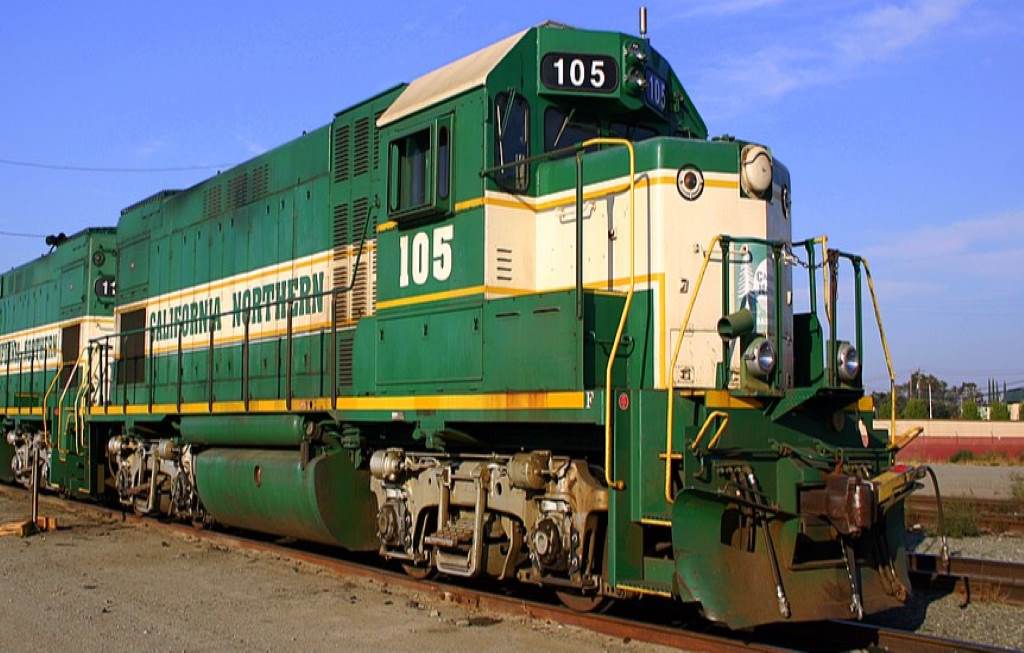
FREIGHT OR PASSENGER TRAINS
Choosing between freight or passenger trains, or both, offer another unique opportunity when deciding on a theme for your Model Railroad. Both have some great advantages to offer if your layout is single themed around one or the other, and when combined can really give you maximum enjoyment from your Model Railroad if designed with that purpose in mind.
Freight trains offer great diversity in the choice of Model Railroad equipment available for you to buy, and freight trains also offer a variety in operations. From long trains making their way through some spectacular scenery you’ve created, to the unlimited arrangement of industry spur tracks and sidings for switching cars if you enjoy that, modeling a freight line is the essence of real railroading.
Combining both of those into either a single or double track mainline can more than double your enjoyment. You can just watch your trains run uninterrupted if you like, or challenge your mind and switching techniques as you move freight cars in and out of industries in the most efficient manner possible.
Passenger trains also offer some great Model Railroading possibilities. Many model railroaders have designed and built complete layouts around large passenger terminals such as Union Station, or more modern passenger terminals like those of Metra. Operating on a type of schedule or timetable like the real railroads do, there is a lot of action going on as multiple trains arrive and depart constantly. Modeling passenger trains in a more rural setting can also be interesting as trains progress around your Model Railroad, stopping at small stations along the route to pick up and drop off passengers.
Combining both freight and passenger trains on your Model Railroad offers the best of both worlds and would offer the maximum amount of different operational opportunities. This also best represents the type of railroad activity most are accustomed to seeing and would be a logical choice as a theme for your Model Railroad.

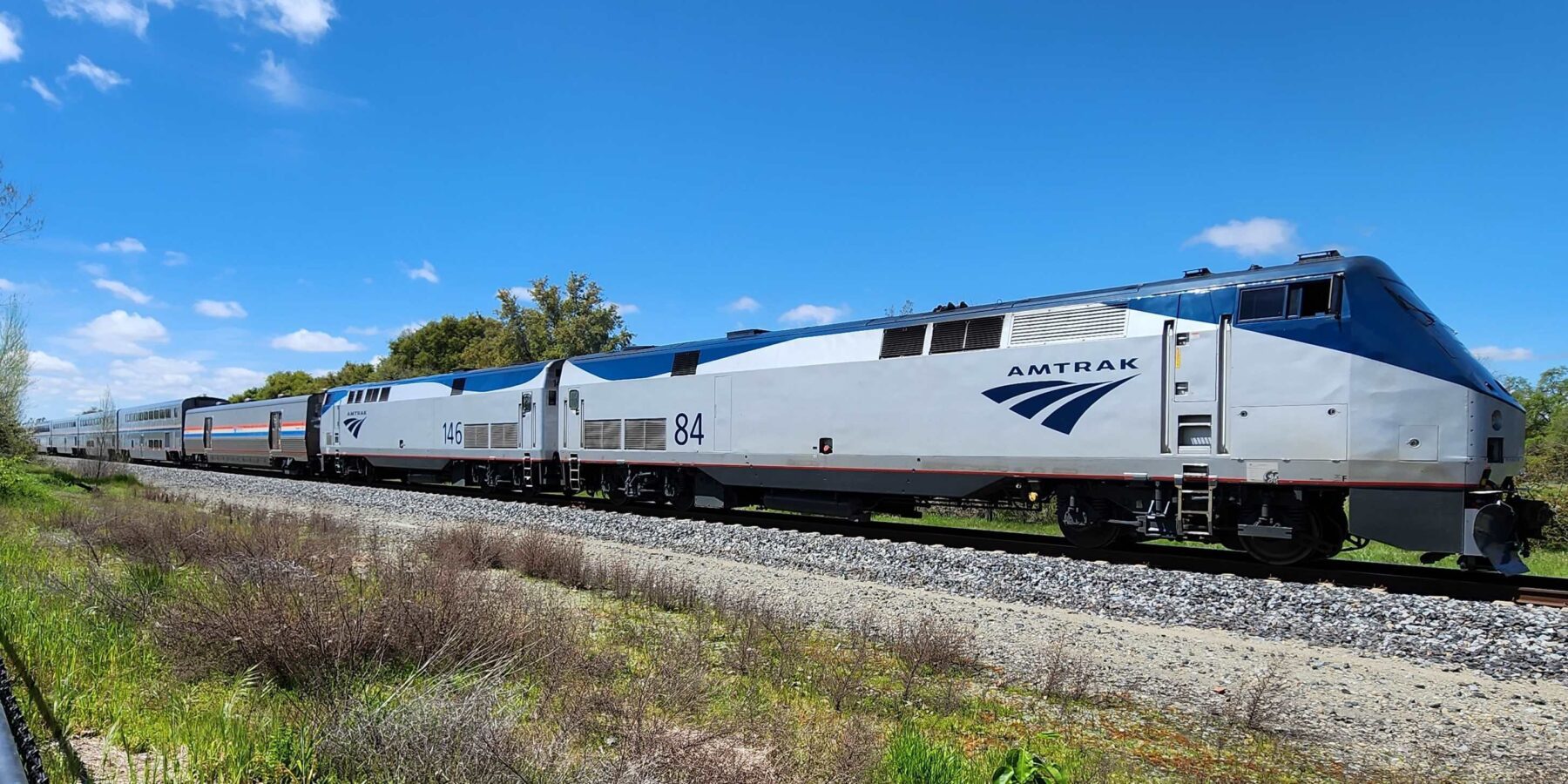
PROTO OR FREELANCE
When considering an overall theme for your Model Railroad, choosing between modeling a prototype railroad or your own freelance design is another question you should ask yourself. Modeling a specific prototype may be based on a favorite childhood memory or simply because you like the appearance of the railroad itself. A freelance design may be based on creating a Model Railroad that is truly unique to yourself with the opportunity and desire to create and paint custom color schemes for your Model Railroad.
Many Model Railroaders base their layouts around a specific railroad, either past or present, and attempt to convey the look and feel of that railroad. This can include recreating specific eras and locations using equipment that is as accurate as possible, or just generally capturing the essence of the railroad.
My own Model Railroad is based on the Southern Pacific, but rather than trying to recreate specific portions, I focus on the general look and feel of it and include certain scenes and structures that were scattered across the system. This gives me more flexibility in what types of equipment I run on my layout since there are many types that appeal to me, and many are based on past memories.
There are purists out there, or ‘rivet counters’ as they are affectionately known in the hobby, that will be quick to point out that you are not following prototype practices. Don’t let those opinions deter you, because it is your Model Railroad after all, built for your satisfaction and enjoyment, not theirs.
Creating a completely unique and custom railroad of a fictitious nature, or freelance design, gives you complete control over the type of locomotives, rolling stock, and operations you have on your layout. It can be both fun and rewarding designing and custom painting your equipment, and there is no doubt that your Model Railroad is unique.
Your railroad can be either a Class 1, with the most modern motive power of the era you are recreating, or a completely brand-new Short Line railroad that fills a particular need as a bridge route between two existing railroads, or just serving a town or location that lost its rail service from a larger system. The choices are endless, and your imagination truly is the limit.
A combination of sorts of the two types above is referred to as a proto-freelance, and often is based on a ‘what if’ scenario. For example, there are some Model Railroaders that base their layouts on the idea that a certain prototype railroad never merged with another, or a particular Branch Line of a railroad was never abandoned. They depict these Model Railroads in a more modern fashion and come up with fantasy paint schemes such as seen in current times, but applied to older locomotives and equipment that never actually had them.
If you decide on this style of layout for your Model Railroad, it gives you the opportunity to base your layout on a particular prototype while still adding a personal touch. Whichever style appeals to you, the same basic principle of minimum radius and available space will apply, so keep those in mind as you think about the general style of your Model Railroad and develop your Track Plan.


OPERATIONS OR RAILFAN
This brings us to our final area of discussion when deciding on a theme for your Model Railroad, operations versus railfanning. As mentioned a few times throughout this article, and others we have written, operations are a major consideration for many Model Railroaders on their layouts, and for others it is of little interest or concern. The appeal of just seeing their trains run is more important.
Operating your Model Railroad just like the real thing can be both fun and challenging. Real railroads exist for a reason obviously, and that purpose is to move goods and people from one point to another. Following this practice and incorporating it into your own Model Railroad not only gives your layout a sense of purpose just like a real railroad, but also provides for guidelines when running your trains.
You don’t have to go by rulebooks and timetables like some modelers and large clubs, you can just as effectively simulate the process using your own imagination and basic practices of the real railroads. We will be publishing a future article on the specifics of operations and the different methods of simulating them, so be sure to check back or subscribe so you don’t miss out.
A railfanning style layout is generally based on recreating a certain scene, or collection of scenes with very little in the way of additional spur tracks and such that are used for actual operations. They are still included, but usually just as storage for extra equipment and for also making the scene more realistic in appearance.
Many Model Railroaders with these types of layouts also focus heavily on creating very accurate representations of buildings and structures with a high level of detail. The equipment is also very often a faithful and highly accurate duplicate of the actual real trains themselves. Highly detailed Realistic Track is often an area where time is spent. The main focus however remains on trains moving through the scenes, either freight, passenger, or both, in a realistic manner and often as seen from a trackside perspective.
In essence these types of layouts allow for great photography and strive to convey the overall feel and atmosphere of a real railroad. The intent can also be one of a creating a relaxing environment, much like the effect aquariums have on people. There is no denying the mesmerizing effect that trains have on us as they pass through a scene, and these styles of layouts faithfully reproduce this.
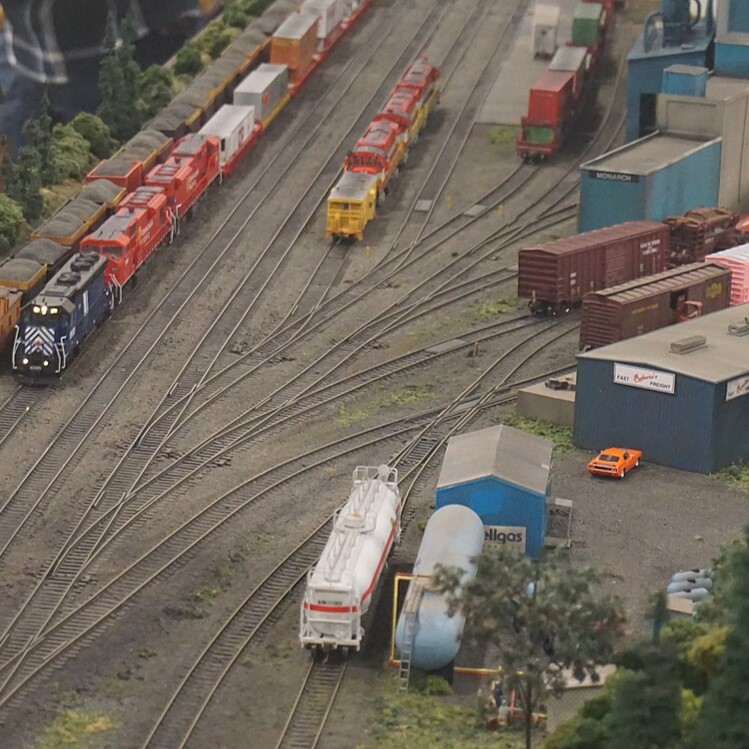
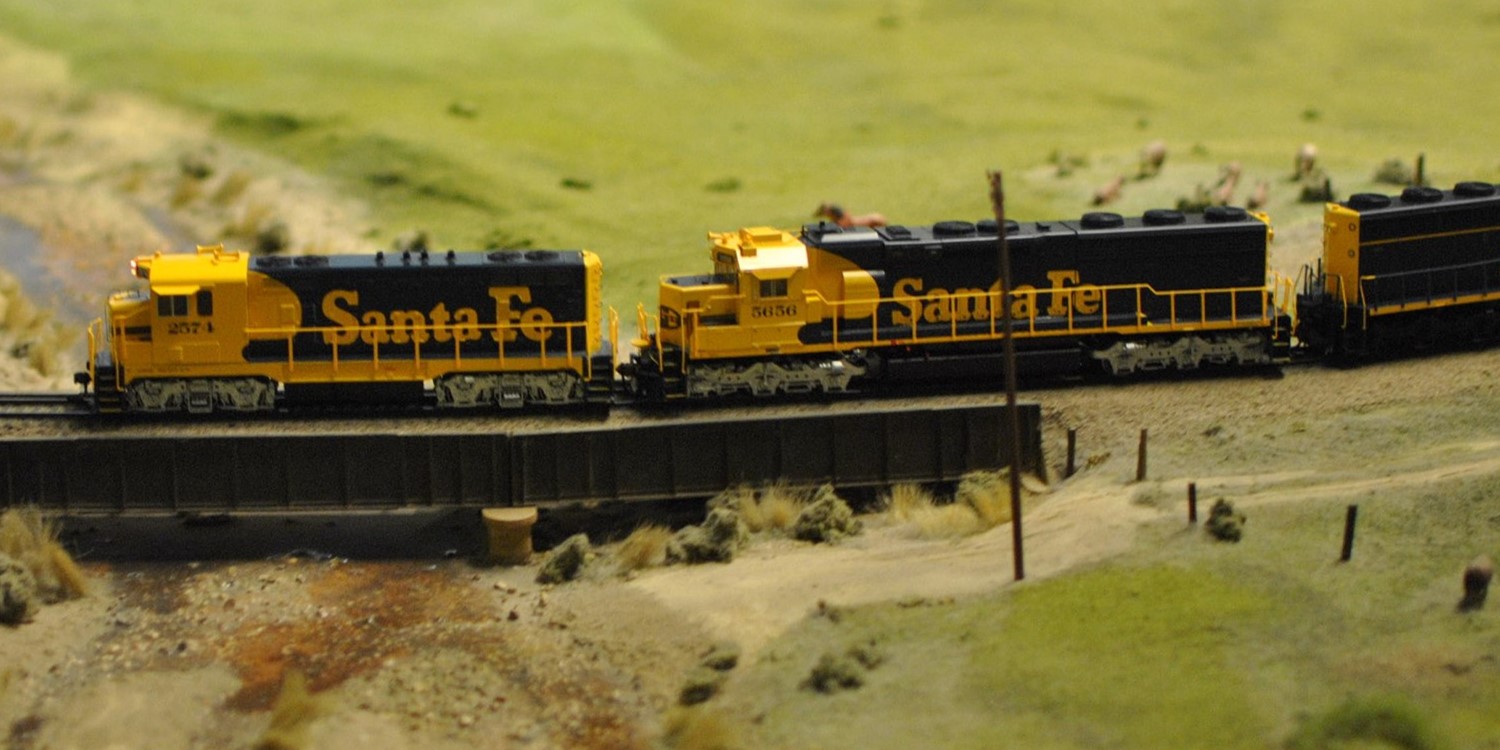
RELATED ARTICLES
- HOW TO DESIGN A TRACK PLAN FOR YOUR MODEL RAILROAD – Model Railway Techniques
- How to Realistically Ballast Your Track – Model Railway Techniques
- DESIGNING YOUR MODEL RAILROAD: BASIC DESIGN IDEAS FOR THE SMALL TO MEDIUM SIZED MODEL RAILROAD – Model Railway Techniques
- Model Railway Techniques – PLANNING
Copyright 2025 The Model Railroad Benchwork Store/Model Railway Techniques.com All Rights Reserved
If you have any questions or comments regarding this article drop a comment down below and we’ll respond back to you.
Also, please share and click the subscribe button in the bottom right corner to receive automatic updates of new posts. Your email is confidential and will NOT be shared or redistributed.
James, Model Railway Techniques.com
Last Updated on 2 years ago ago by James from Model Railway Techniques


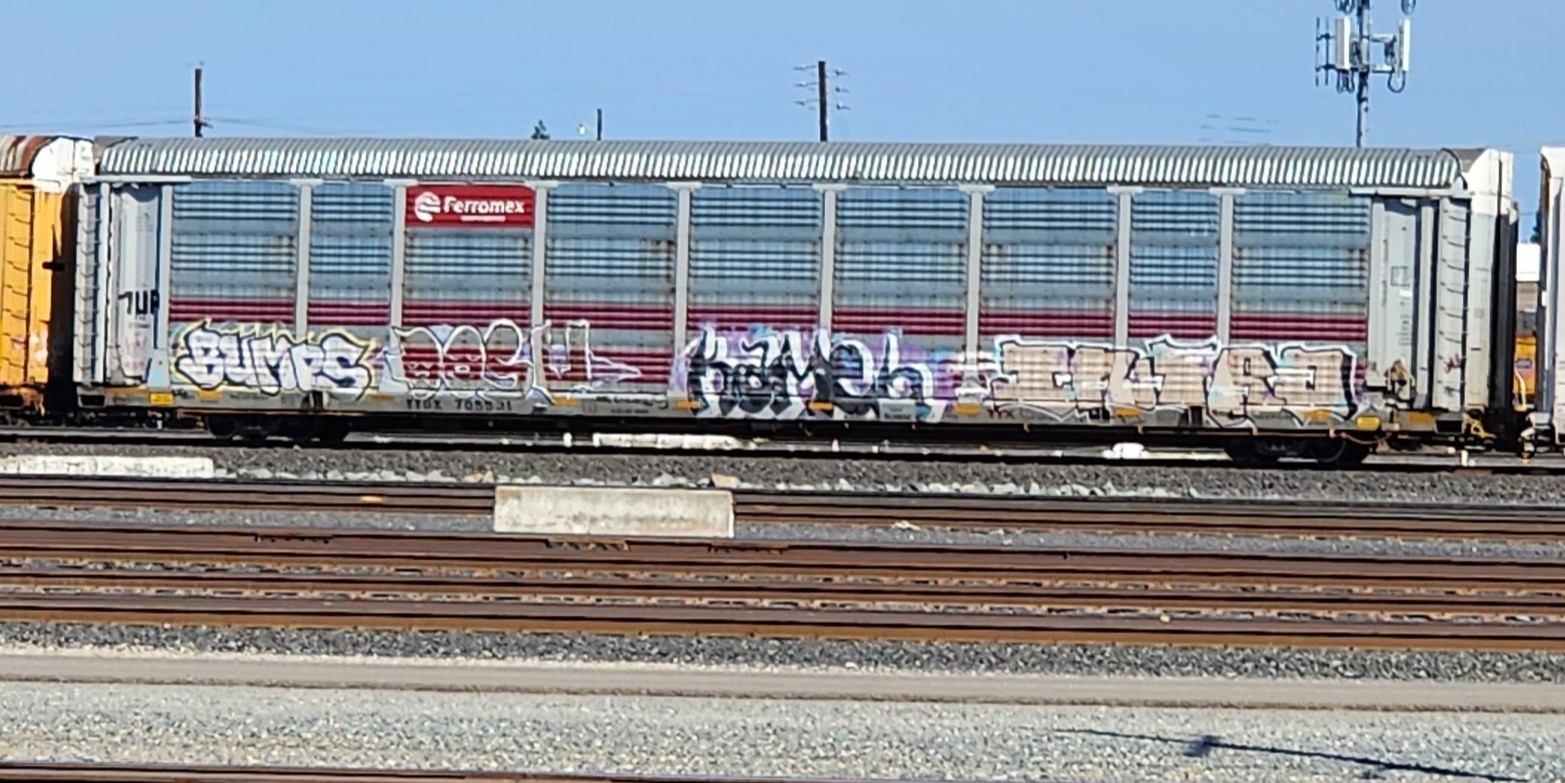

Wow there are just so many great ones, so how to make up your mind what to do isn’t as easy as it seems. I think I would always choose something that is in the country with pretty landscapes and mountains with tunnels. Of course one would need to have a quaint little station somewhere for the train to stop too. Thank you for all these amazing ideas and they are all definitely food for thought.
Thank you for leaving a comment, Michel, we appreciate it. Deciding on a theme isn’t as hard as one thinks if you follow our guidelines. You can always adjust it a little along the way also as you go deeper into building a layout. I like your idea of a country theme, it offers lots of potential for rewarding scenery in the future.
James, Model Railway Techniques.
Thank you for providing valuable information about the significance of selecting a theme for a model railroad and setting the tone for further discussion on key aspects of it all. It emphasized the need for careful consideration during the planning
stages and having a solid plan in place so one avoids frustration, wasted time, and money.
Your article offered a positive and encouraging perspective, reminding us all to prioritize our own enjoyment and creativity.
You’re very welcome, Jeeda. Glad you enjoyed the article and found it helpful and informative. Our goal is to provide as much quality content as possible to help Model Railroaders enjoy the hobby to the fullest. We hope you come back and visit us in the future!
James, Model Railway Techniques.